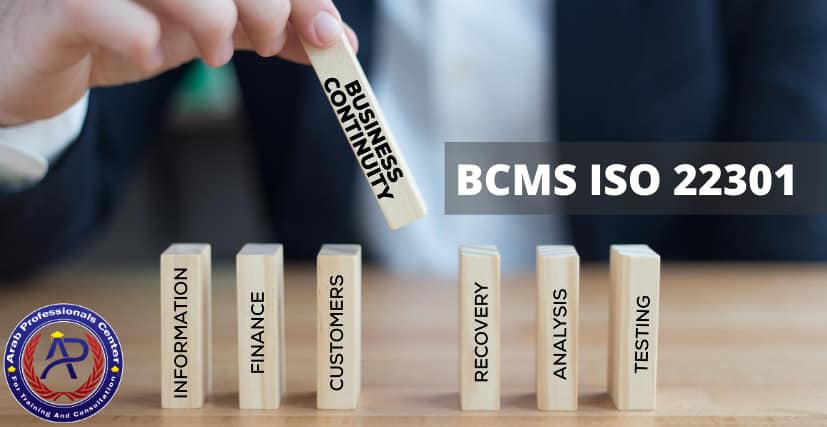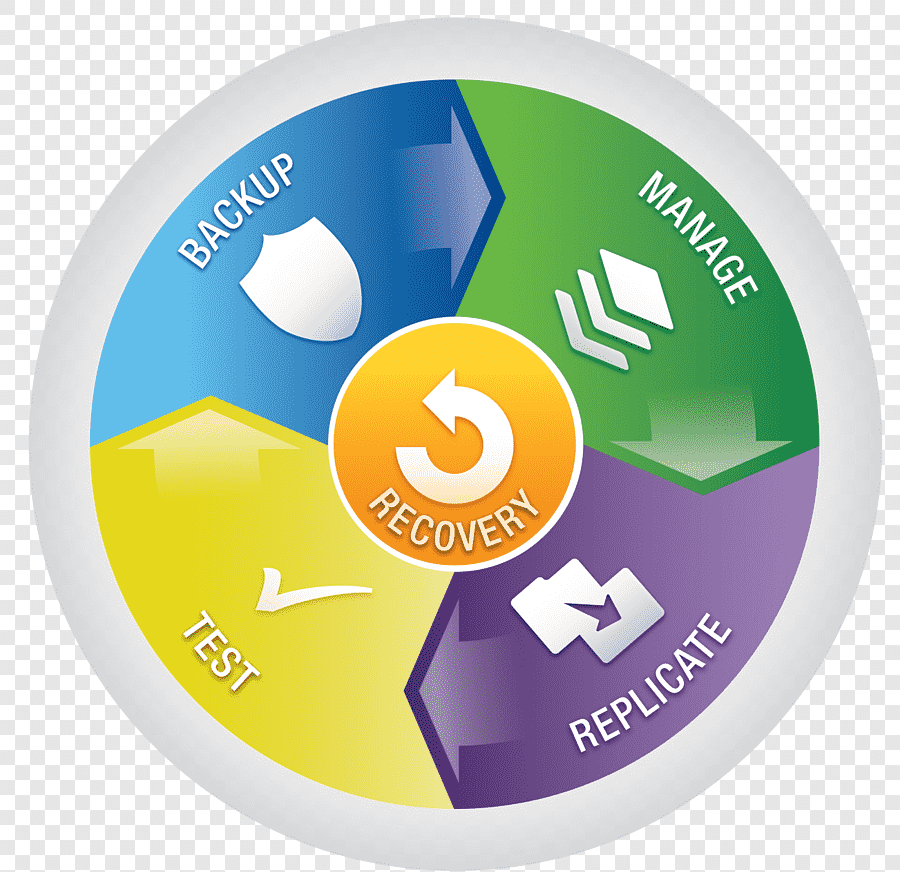BCMS CURRENT STATE ASSESSMENT

What is a BCMS Current State Assessment?
A BCMS Current State Assessment is an evaluation process that helps assess the current health and effectiveness of an organization’s Business Continuity Management System (BCMS).
It’s essentially a checkup to see how well-prepared your organization is to handle disruptions and ensure critical operations can be resumed after an incident.
Benefits of BCMS Current state Assessment?
A BCMS (Business Continuity Management System) Current State Assessment offers several benefits to your organization, both in terms of immediate insights and long-term resilience. Here are some key advantages:
1. Identify Gaps and Vulnerabilities:
- The assessment shines a light on weaknesses in your existing business continuity plans and procedures. This helps you understand where you’re most vulnerable to disruptions and prioritize areas for improvement.
2. Improve Risk Management:
- By understanding your current state, you can better assess and manage risks associated with disruptions. This allows you to allocate resources effectively and make informed decisions about risk mitigation strategies.
3. Enhance Compliance:
- Many industry regulations and standards require robust business continuity plans. The assessment helps ensure your BCMS aligns with these requirements and demonstrates your commitment to compliance.


Benefits Of BCMS Current State Assessment?
A BCMS (Business Continuity Management System) Current State Assessment offers several benefits to your organization, both in terms of immediate insights and long-term resilience. Here are some key advantages:
1. Identify Gaps and Vulnerabilities:
- The assessment shines a light on weaknesses in your existing business continuity plans and procedures. This helps you understand where you’re most vulnerable to disruptions and prioritize areas for improvement.
2. Improve Risk Management:
- By understanding your current state, you can better assess and manage risks associated with disruptions. This allows you to allocate resources effectively and make informed decisions about risk mitigation strategies.
3. Enhance Compliance:
- Many industry regulations and standards require robust business continuity plans. The assessment helps ensure your BCMS aligns with these requirements and demonstrates your commitment to compliance.
Our Approach
1. Planning and Scope Definition:
- Defining Objectives: Clearly outlining the goals of the assessment, such as identifying gaps in existing plans, evaluating recovery capabilities, or aligning plans with new risks.
- Determining Scope: Specifying which areas of the BCMS will be assessed, such as specific business units, critical processes, or recovery plans.
- Assigning Roles and Responsibilities: Identifying team members responsible for different aspects of the assessment, including data collection, analysis, and reporting.
2. Data Collection and Analysis:
- Document Review: Analyzing existing BCMS documentation, including business impact analysis (BIA), risk assessments, incident response plans, and recovery plans.
- Interviews and Surveys: Conducting interviews with key stakeholders across various departments to gather insights and perspectives on the BCMS.
- Testing and Exercises: Simulate real-world scenarios to assess the effectiveness of recovery plans and identify areas for improvement.
- Compliance Audits: Verify adherence to relevant regulations and standards like ISO 22301.
3. Gap Analysis and Risk Identification:
- Comparing Current State with Desired State: Comparing the findings of the assessment with your organization's desired level of business continuity resilience.
- Identify Gaps and Weaknesses: Pinpointing areas where your BCMS is lacking or could be improved, such as outdated plans, inadequate training, or unclear communication protocols.
- Evaluating Risks: Assessing the potential impact of identified gaps and weaknesses on your ability to recover from disruptions.
4. Reporting and Recommendations:
- Documenting Findings: Compiling a comprehensive report summarizing the assessment results, identified gaps, risks, and recommendations for improvement.
- Prioritizing Recommendations: Based on the potential impact and feasibility, we shall prioritize recommended actions to address the most critical gaps first.
- Presenting Findings and Recommendations: Sharing the report with relevant stakeholders and management for decision-making and implementation planning.
5. Improvement and Monitoring:
- Developing an Action Plan: Defining specific actions, timelines, and responsible parties to address the identified recommendations.
- Implementing and Monitoring Improvements: Regularly tracking progress on implementing the action plan and monitoring the effectiveness of the updated BCMS.
- Regular Assessments: Conducting periodic BCMS current state assessments to ensure continuous improvement and alignment with evolving business needs and threats.






